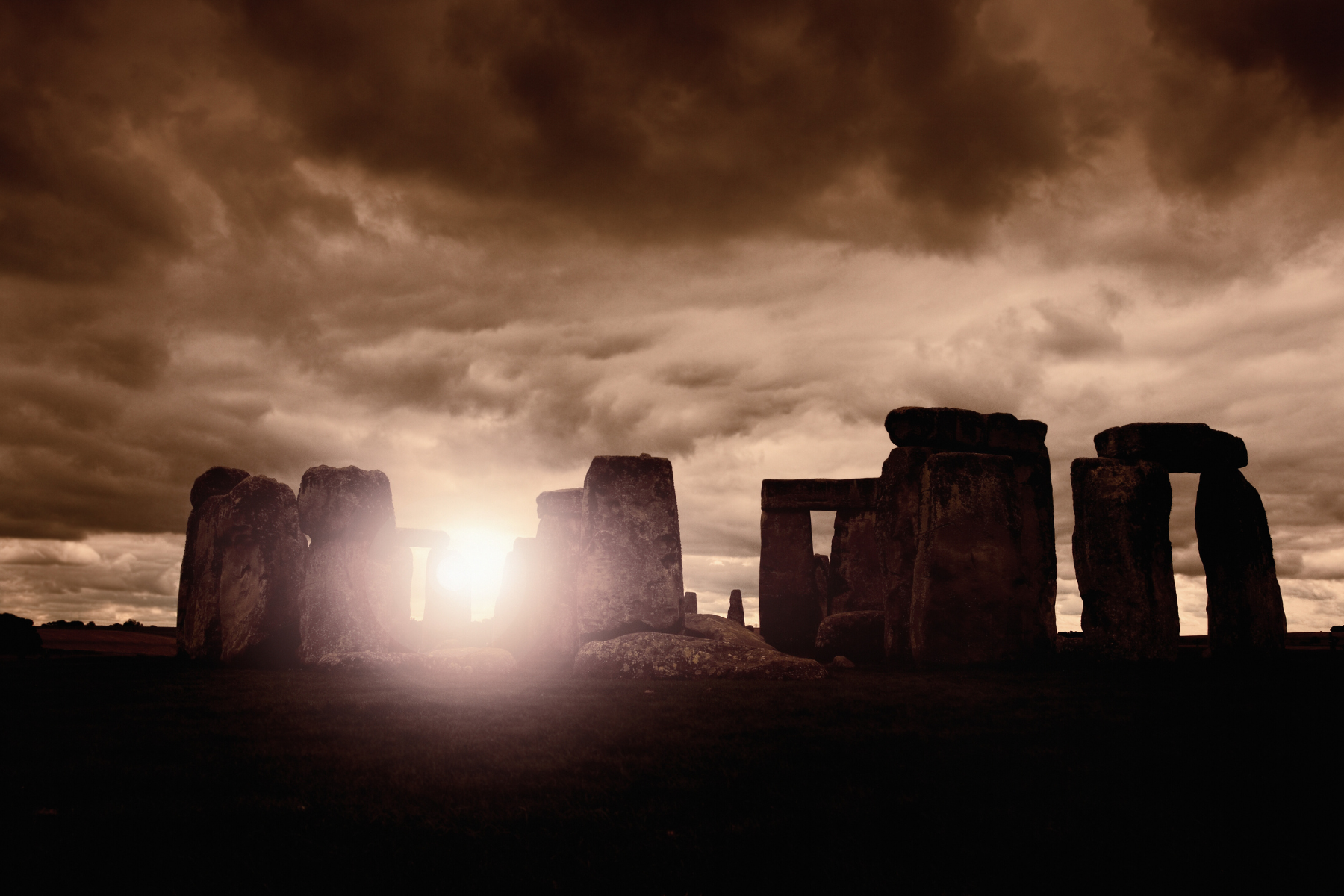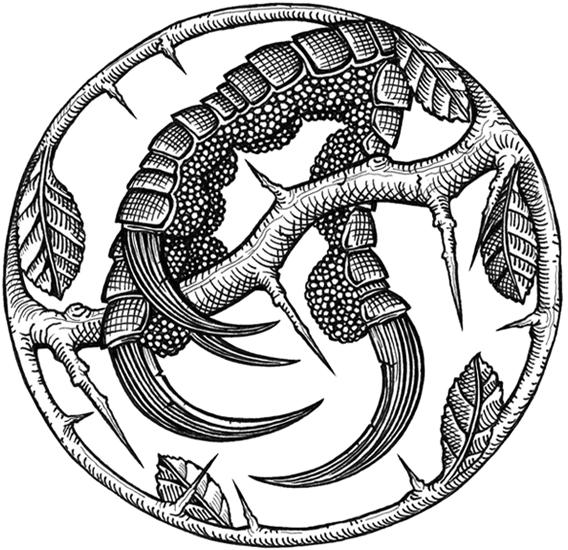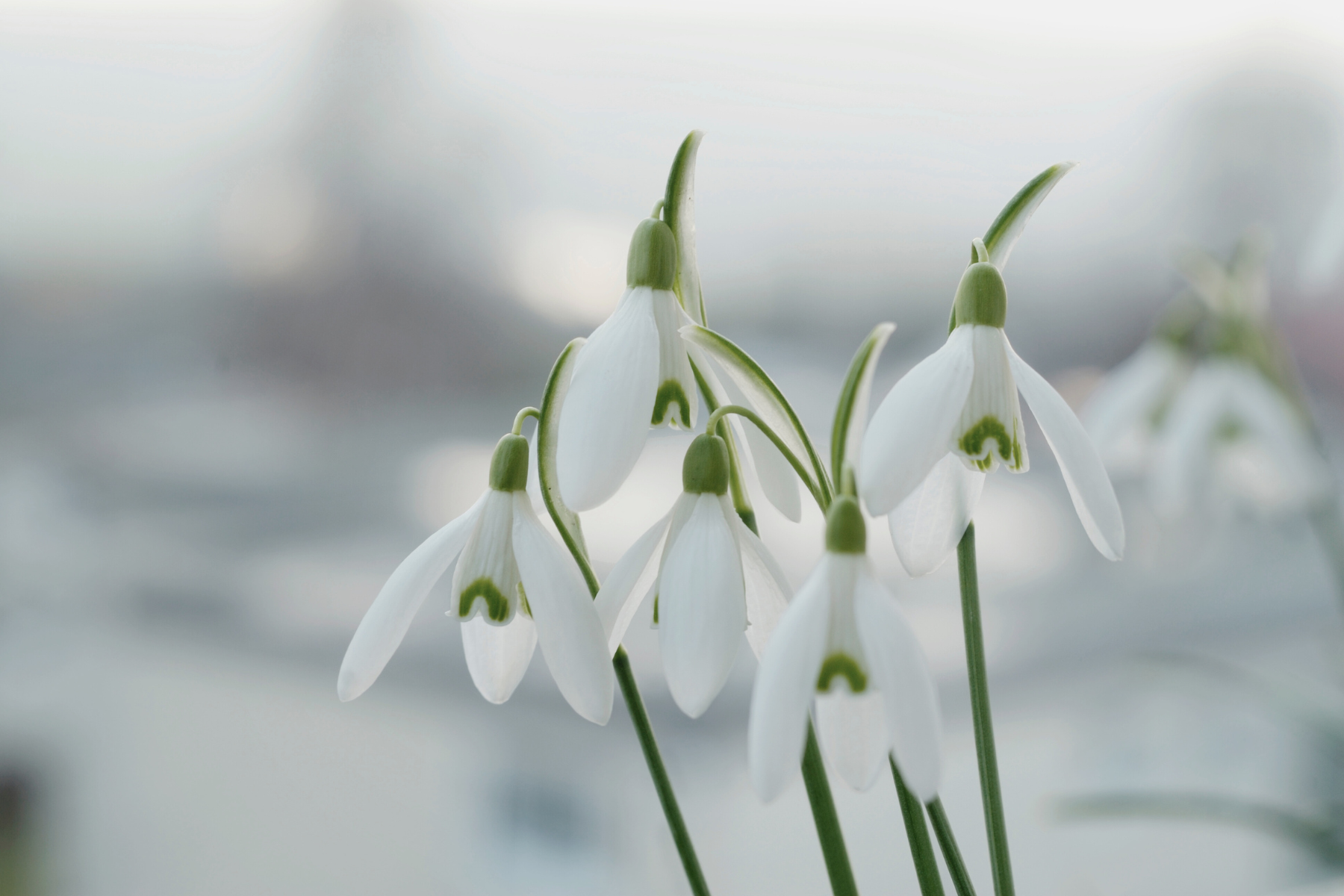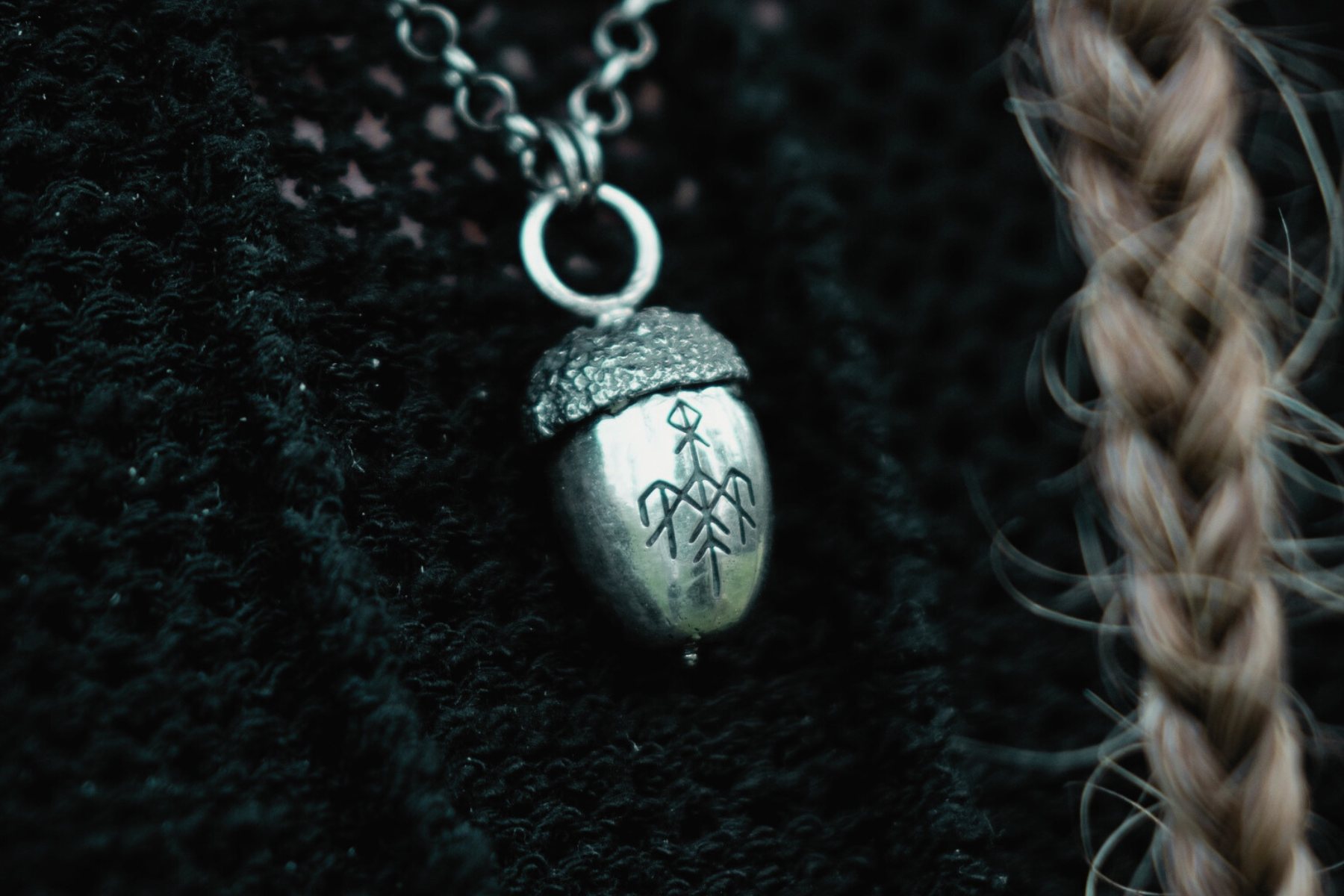
How to Celebrate the Summer Solstice: Rituals, Traditions & Folklore
The Summer Solstice, also known as Midsummer, marks the peak of the sun’s power, a moment of wild abundance, golden light, and ancient magic. In 2025, this sacred turning point falls on 21st June in the Northern Hemisphere, ushering in the longest day and shortest night of the year. In the Southern Hemisphere, the same date brings the Winter Solstice, a time for reflection, stillness, and the quiet return to the dark.
Across centuries and cultures, rituals have honoured the Solstice as a celebration of life, growth, fertility, and fire. From stone circles and mountaintop fires to quiet home altars, it is a time to pause and feel the pulse of the earth beneath your feet, to honour the power of the sun and your place in nature’s rhythm.

What is the Summer Solstice? History, Meaning and Folklore
The Summer Solstice occurs when the sun reaches its highest point in the sky, marking the longest day of the year. This solar peak usually falls between 20th and 22nd June in the Northern Hemisphere and has been revered throughout history as a festival of light, growth, and transformation.
Known as Litha in pagan traditions, the Solstice was a time when ancient cultures celebrated the life-giving force of the sun. Bonfires were lit to honour solar deities, rituals were performed to protect crops and communities, and the veil between worlds was thought to thin, making it a potent moment for magic and manifestation. Today, honouring the Summer Solstice helps us reconnect to the cycles of the earth and the timeless symbols woven into the changing of the light.
When is the Summer Solstice?
The Summer Solstice usually takes place between June 20th and June 22nd, when the Northern Hemisphere tilts closest to the sun. This moment marks the longest day and shortest night of the year and has long been associated with fertility, strength, and nature’s abundance.
In ancient cultures, the Solstice symbolised a powerful turning of the wheel, the height of light before the days begin to slowly shorten. It was a sacred time for honouring the sun’s power, blessing the harvests to come, and gathering in ritual to celebrate life’s full bloom. Even in our modern world, the Solstice invites us to realign with nature and step into the fullness of our own becoming.
Summer Solstice and Litha: A Pagan Perspective
For pagans, druids, and followers of the old ways, the Summer Solstice, or Litha, is a sacred fire festival. It represents the zenith of the sun’s journey, when the earth brims with life force, vitality, and potential. Celebrated with fire, feasting, and rites of fertility, Litha was a time of high magic and joyous connection.
In Celtic traditions, bonfires were lit atop hills to honour the sun god and ask for blessings upon the land. In Norse mythology, the Solstice honoured the radiant god Baldur. These rituals were not simply celebrations, they were ceremonies of protection, renewal, and gratitude, offering a deep reverence for the land, the light, and the mystery of seasonal change.

Summer Solstice Symbolism: Fire, Abundance and the Sun
The symbols of the Summer Solstice speak of light, transformation, and the sacred power of life in full bloom.
Colours of the Season
-
Gold and yellow: For the sun’s strength, joy, and illumination
-
Green: For fertility, growth, and earth’s abundance
-
Red and orange: For passion, courage, and fire’s transformative energy
Plants and Flowers
-
St John’s Wort: Traditionally gathered at Midsummer for protection
-
Sunflowers and marigolds: Solar symbols of joy, radiance, and strength
-
Roses and daisies: Celebrating love, beauty, and blossoming potential
-
Oak and birch: Sacred trees representing endurance and new beginnings
Animals of the Solstice
-
Bees: Emblems of community, harmony, and sweet labour
-
Butterflies: Symbols of transformation and ephemeral beauty
-
Eagles and hawks: Messengers of clarity, insight, and higher vision
Midsummer Foods
-
Fresh berries and stone fruits: Offerings of summer’s sweetness
-
Honey and bread: Symbols of nourishment and sacred sharing
-
Grilled seasonal vegetables or meats: Reminders of the fire and the feast
-
Herbal teas: Especially with mugwort, yarrow, or lemon balm
Traditional Ways to Celebrate Midsummer
Communities across the world have long celebrated the Solstice with dance, fire, ritual, and connection to the land. At sites like Stonehenge, gatherings still honour the rising sun. Elsewhere, traditions include weaving flower crowns, jumping over flames, and staying up through the shortest night to welcome the dawn.
These rites are more than folklore, they are embodied acts of devotion, ways to root ourselves in the primal cycles of death and rebirth, light and shadow, that shape every part of the natural world
Wear Summer Solstice jewellery as a symbolic talisman
Jewellery holds the power to transform into a potent personal ritual, connecting us to the ever-changing seasons and the enchanting folklore that enshrouds them. By adorning ourselves with symbols that we wish to honour, we create a tangible reminder of our deepest desires and aspirations. Just as we mindfully dress a sacred altar, donning symbolic summer solstice jewellery becomes a way of ritually adorning ourselves. In this transformative act, we become living altars, Through this adorned ritual, we honour the season and embrace the magic that resides within us.

DÚFA - SEASHELL SLICE NECKLACE IN SOLID STERLING SILVER
Dúfa is old Norse for 'wave' and is the name of one of the 9 daughters of the sea, the offspring of Ægir and Rán. Each daughter embodies a different poetic quality of the ocean, from crashing waves to softly tumbling sea foam.
THUNOR - STAG BEETLE NECKLACE IN SOLID STERLING SILVER
In the heart of primaeval groves where ancient secrets linger, dwells the Stag Beetle. In the realm of decay and shadows, it thrives. You may have even been lucky enough to glimpse them on a balmy summer's eve hazy with heat. Invoke the Stag Beetle when your spirit yearns for a reservoir of inner strength and a fortress of resilience.
VEÐRFÖLNIR - HAWK TALON NECKLACE IN SOLID STERLING SILVER
Hawks, sacred solar birds in ancient traditions, symbolise the power of sun gods. Their cry activates the solar plexus chakra, fueling self-expression, personal power, and manifestation. Harness their energy to embrace your authentic voice, inner strength, and unwavering manifestation of desires.
How to Celebrate the Summer Solstice at Home
You don’t need a bonfire or a sacred site to honour this moment. The heart of Midsummer lives in simple acts done with intention.
-
Wake early and greet the sun
-
Light incense or a candle and speak your desires aloud
-
Spend time outdoors, walk barefoot, touch the trees, swim if you can
-
Collect herbs or flowers, or write down what you’re ready to welcome in
-
End the day with a small fire, even if it’s just a candle flame

Summer Solstice Altar Ideas and Inspiration
Build your altar with symbols of light, warmth, and transformation.
-
Use golden candles, fresh flowers, and sun-shaped objects
-
Place herbs like mugwort, chamomile, or yarrow for spiritual protection
-
Add personal objects, jewellery, or handwritten prayers
-
Include a crystal grid, seasonal fruit, or images of solar animals
This altar becomes a space to return to all season, to reflect, honour, and stay grounded in your intentions.
Modern Ways to Honour Summer Solstice Traditions
Let the old ways inspire new ones.
-
Craft a floral crown or herbal bundle
-
Have a sunrise picnic or a sunset gathering
-
Brew herbal tea and sip it mindfully
-
Journal your dreams and intentions for the months ahead
-
Adorn yourself in gold, red, or green to embody the Solstice spirit
FAQs About the Summer Solstice
When is the Summer Solstice celebrated?
The Summer Solstice is celebrated between June 20th and June 22nd, marking the longest day and the shortest night of the year in the Northern Hemisphere.
What rituals are traditionally performed during the Summer Solstice?
Rituals include lighting bonfires, creating flower crowns, decorating altars, and gathering at sunrise to honour the sun’s peak energy.
What does the Summer Solstice symbolise?
It symbolises fertility, abundance, growth, illumination, and the full power of the sun. It is a time to celebrate vitality and the light within and without.
How can I celebrate the Summer Solstice at home?
You can mark the Solstice by lighting candles, creating a seasonal altar, walking in nature, meditating at sunrise, or wearing symbolic jewellery as a personal ritual.
A Final Ritual: Adorn Your Summer
Drawn to the wild light of Midsummer? Let your celebration linger with talismans crafted to honour the Summer Solstice, pieces of ritual adornment that hold the sun’s fire and earth’s wisdom.
Sign up to my newsletter to receive seasonal insights, folklore, and early access to new collections inspired by the turning wheel of the year.
Answer the call. Wear the Solstice as a quiet invocation of your own power.




